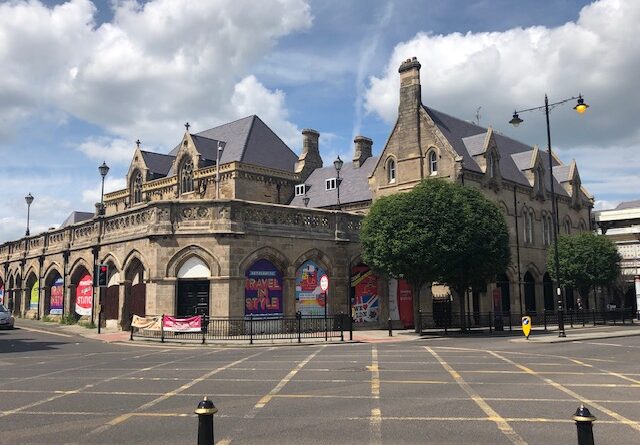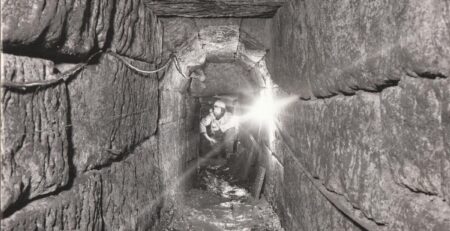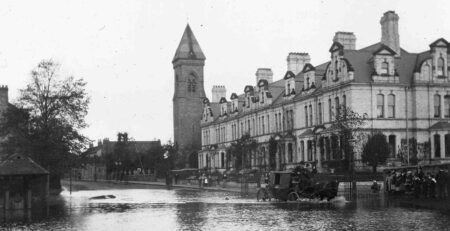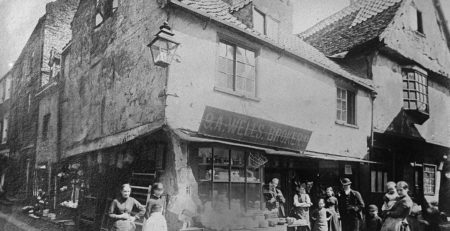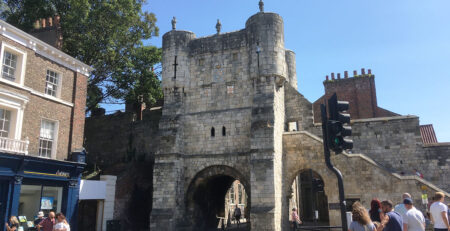Middlesbrough’s Stations Through Time
There’s great work going on in central Middlesbrough at the moment, with plans to vastly improve the station.
The building, which dates from the 1870s, has in recent years been degrading and suffering from lack of love or attention.
But now, there are plans to improve the entrances and facades, ticketing areas, platforms, and bring into use disused parts of the building.
But, as we see in books like Middlesbrough – A Colourful Past, by Paul Menzies, the history of the railways and stations in Middlesbrough go back a lot further than the current structure.
Arrival of the Railways

The railways are, in fact, much of the reason for the current town of Middlesbrough growing on its current site.
The world’s first public railway – the Stockton & Darlington Railway – opened in 1825. Yet by 1830 it was extending to a new site which was known as Port Darlington, closer to the sea along the River Tees. A townstead was built up around this port and railway on the site of a former farm and monastery, and it became Middlesbrough (taken from the ancient name for the site).
Middlesbrough’s First Stations

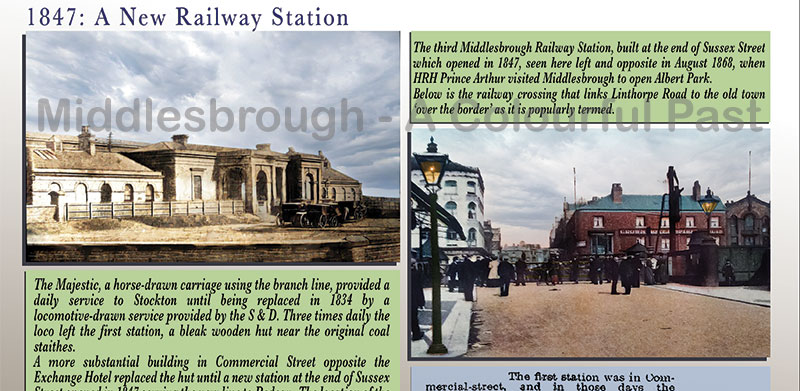
The first main railway station in Middlesbrough wasn’t built on the same site as today’s station. It was in fact just a small hut near the coal staithes.
This was replaced by a new, more substantial station on Commercial Street.
In 1847, a newer station opened on Sussex Street when the expansion of the line from Stockton all the way to Redcar was completed.
The Current Station

The present-day railway station in Middlesbrough was built between 1873-1877 to a design by North Eastern Rail architect William Peachey and Engineer William Cudworth, on the site of the 1877 building.
It is built in a Gothic style and fits in among the surrounding buildings (which are also being revived as part of the High Streets Heritage Action Zones programme).
When built, the station originally had a large arched canopy roof over the platforms, giving it much more grandeur.
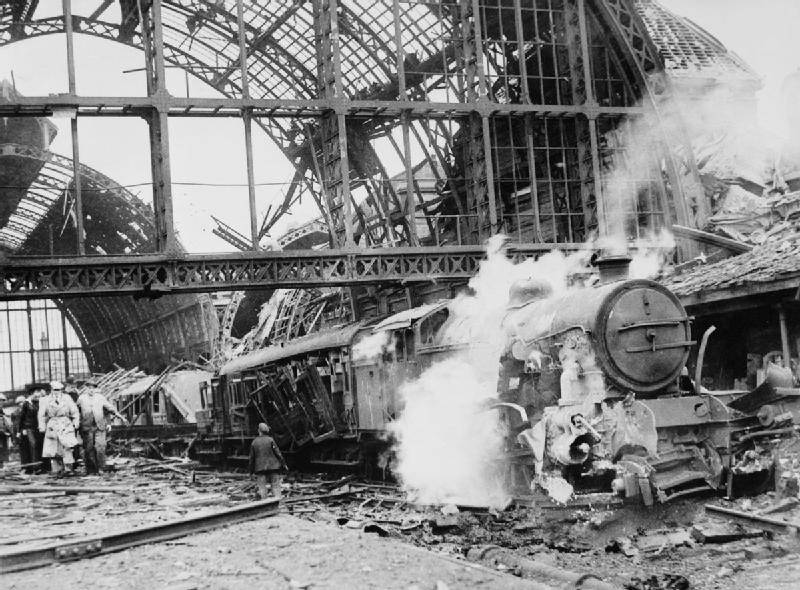
However, this was tragically lost during World War II when a bomb was dropped by a lone German aircraft on 3 August 1942.
It completely destroyed the glass and steel roof, as well as a train which was waiting on the platform below. Eight people sadly lost their lives.
Recently, Middlesbrough’s station has seen some work to allow it to handle direct trains to London for the first time in many years, and with the upcoming developments it should be a place the town can be proud of once again.
Newport Station
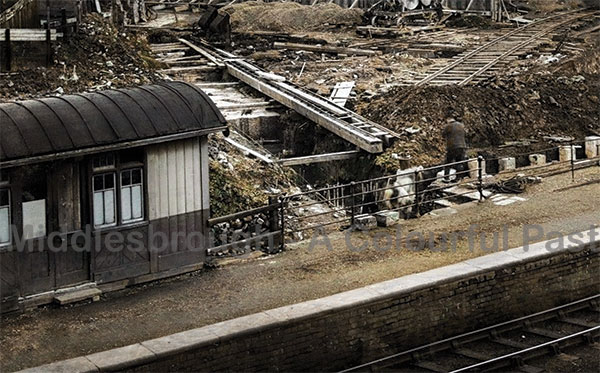
Many people will not remember (or realise) that there was also a railway station at Newport.
Built to serve the people living in the Newport area (which was older than Middlesbrough itself) as well as the vast industrial areas of the Ironmasters District, which housed thousands of workers, it was a simple two-platform halt.
Newport Station was lost, however, when the Tees (Newport) Bridge was built in the 1930s.
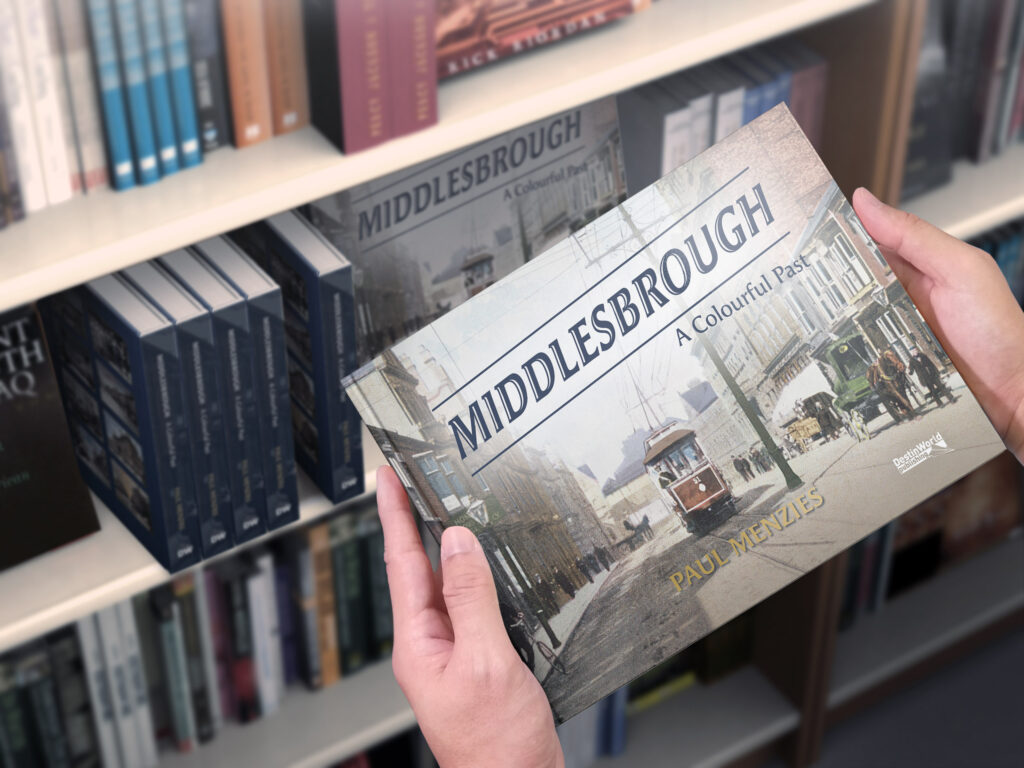
Middlesbrough – A Colourful Past
This new book from local historian Paul Menzies unpacks the history of Middlesbrough in colour for the first time. Images from its earliest days have been painstakingly restored in vibrant colour, bring the past to life. Enjoy hundreds of images and memories.


